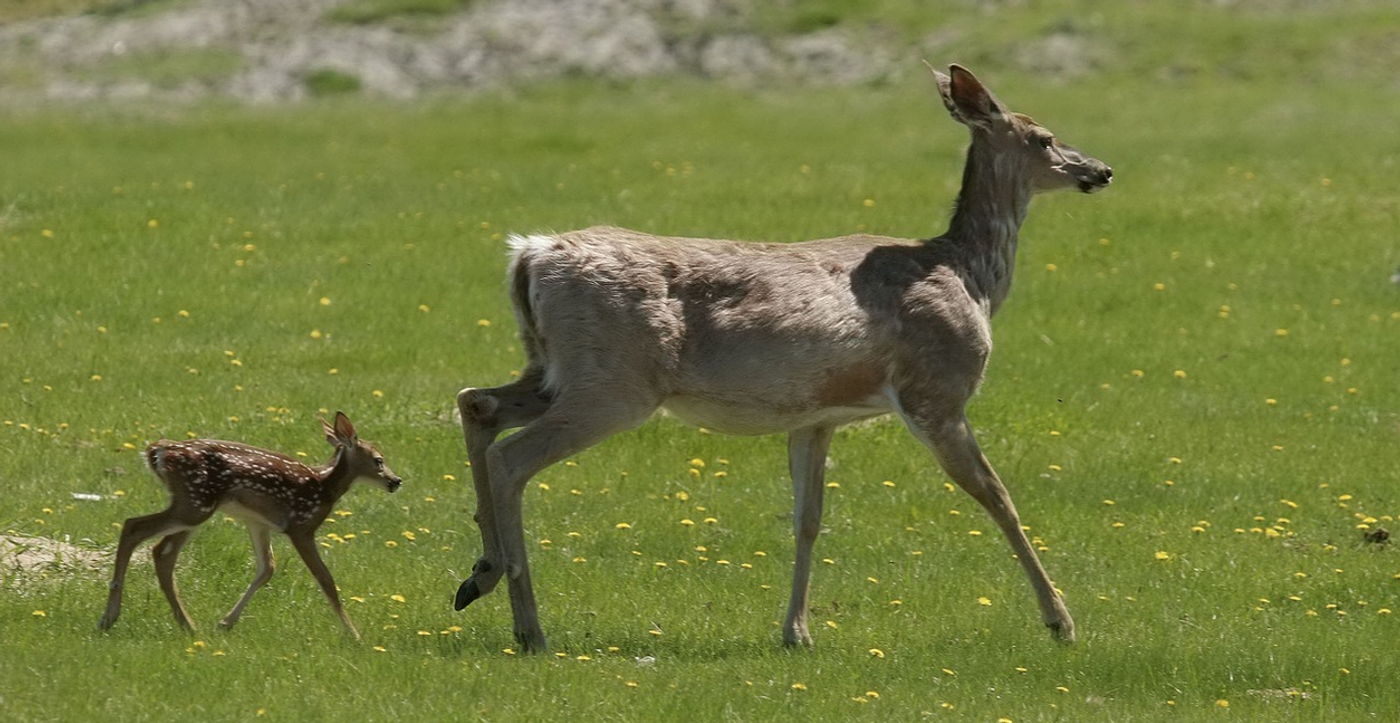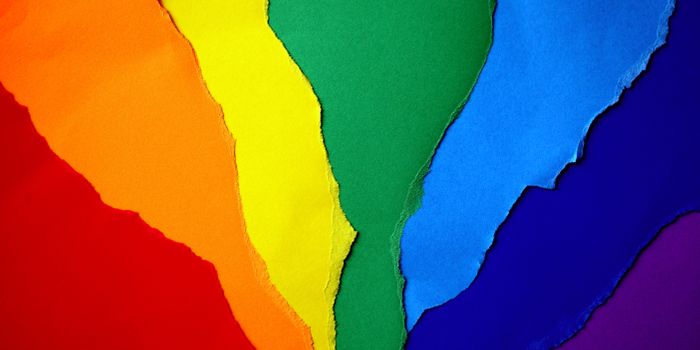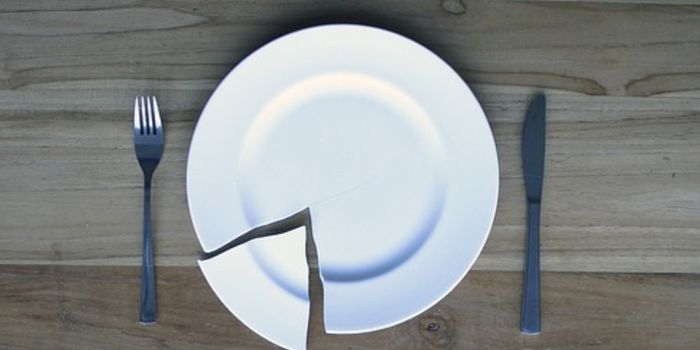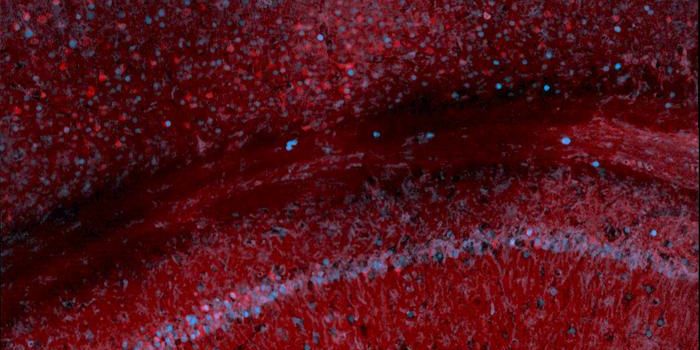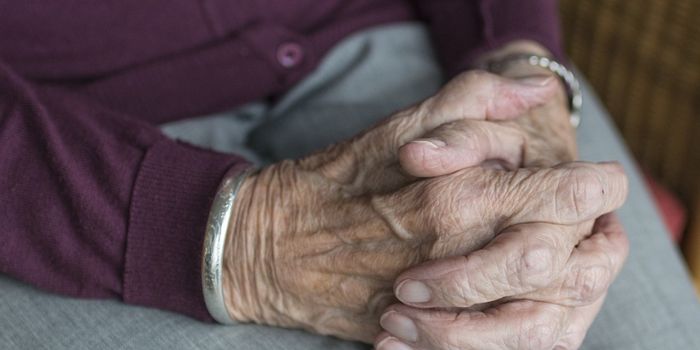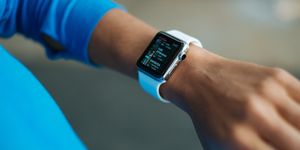Divergent SARS-CoV-2 Variant Reveals Evidence of Deer-to-Human Transmission
After only a few months of the COVID-19 pandemic, researchers had found that the virus that causes the disease, SARS-CoV-2, could infect variety of animals. For example, domestic cats and dogs, animals in zoos, and wildlife like deer were all found to be carrying the virus. Zoonotic viruses that jump species, including SARS-CoV-2, can pose particular dangers to public health. Those viruses can find their way into animals that act as reservoirs of disease, and as the virus moves through that animal reservoir, it can also evolve into new forms. New variants that emerge in this way can be more difficult to diagnose and treat, and can potentially cause more serious cases of illness.
Samira Mubareka, an associate professor at the University of Toronto and colleagues have been testing wildlife in Canada, looking for SARS-CoV-2 since the start of the pandemic. They initially looked at 20 different species including bats, skunks, and raccoons, but did not find infected animals. Once research in the United States confirmed that SARS-CoV-2 was infecting deer, the researchers began to assess the white-tailed deer found all over Ontario and Quebec.
They confirmed that SARS-CoV-2 had indeed infected Canadian deer, in the first confirmation of the virus in Canadian wildlife. Three deer that were analyzed carried the virus and it was isolated from two of them.
When the researchers examined the virus they had isolated, they revealed that the white-tailed deer were carrying a highly divergent variant of SARS-CoV-2. The variant has descended from the B.1 parental virus, and carries 76 mutations compared to the original SARS-CoV-2 strain. The Alpha, Beta, and Delta variants carry about 27 mutations, while Omicron BA.5 has 105 mutations. transmission.
The findings have been reported in Nature Microbiology.
"I was not expecting to find this highly divergent virus, which suggests that it has been circulating and evolving in deer for months and months," said Mubareka.
This new variant, called B.1.641, does not carry many mutations in the spike protein, which the virus uses to enter new cells.
The researchers found that neutralizing antibodies to SARS-CoV-2 that came from previously infected individuals or people who had received multiple vaccine doses were able to identify and neutralize the B.1.461 variant. So, this variant is probably not good at evading existing antibodies and does not currently pose a major threat.
When the researchers compared the genetic sequence of this virus to samples that had been taken from people in Ontario who had been sick with COVID-19, they found one sequence that closely matched the variant identified in white-tailed deer, suggesting that the virus carried by deer was able to infect at least one person.
It is unclear whether the variant carried by the white-tailed deer in Canada came from another animal, or from a human. The ancestor of this virus was either able to infect both people and deer, or a deer infected a human in a process known as spillback
The Public Health Agency of Canada has decided that mitigating risk is the best approach, rather that suggesting that people stop interacting with deer. New recommendations include personal protective equipment for hunters who might handle carcasses, processing carcasses outdoors or in well-ventilated areas, and cooking meat to an internal temperature of 74ºC (165º)F, which will kill parasites, viruses or bacteria.
"Our follow-up work is going to focus on what this virus does in human and animal cells, and how it transmits," added Mubareka. The research team is also collaborating with a variety of institutions to ensure that wildlife are properly surveilled.
Sources: University of Toronto, Nature Microbiology
-
MAY 07, 2024Is It Anti-RNP or Anti-Sm/RNP?
- See More
-
APR 30, 2024Immuno-Oncology Virtual Event Series 2024
-
MAY 07, 20243rd International Biosecurity Virtual Symposium
-
MAY 23, 2024For the Love of Digital PCR 2024
- See More
